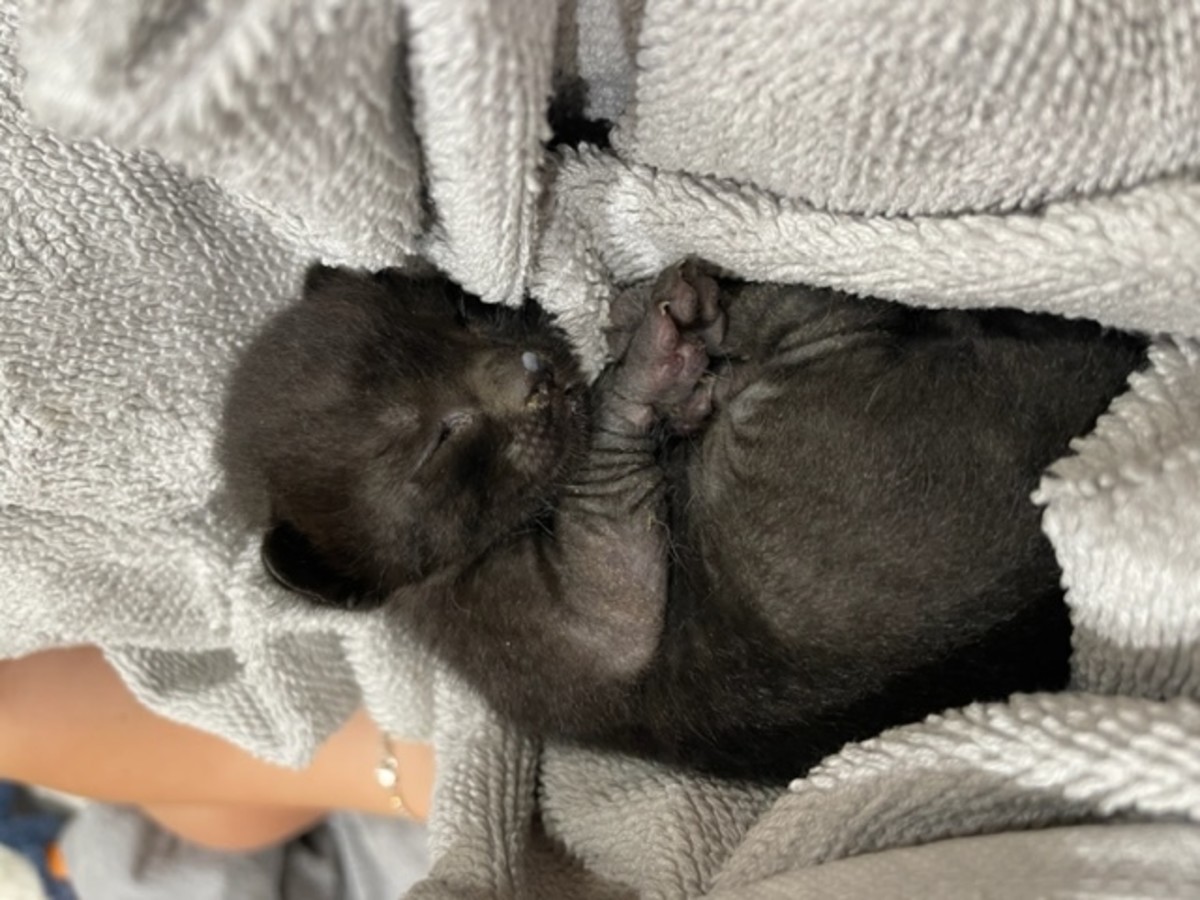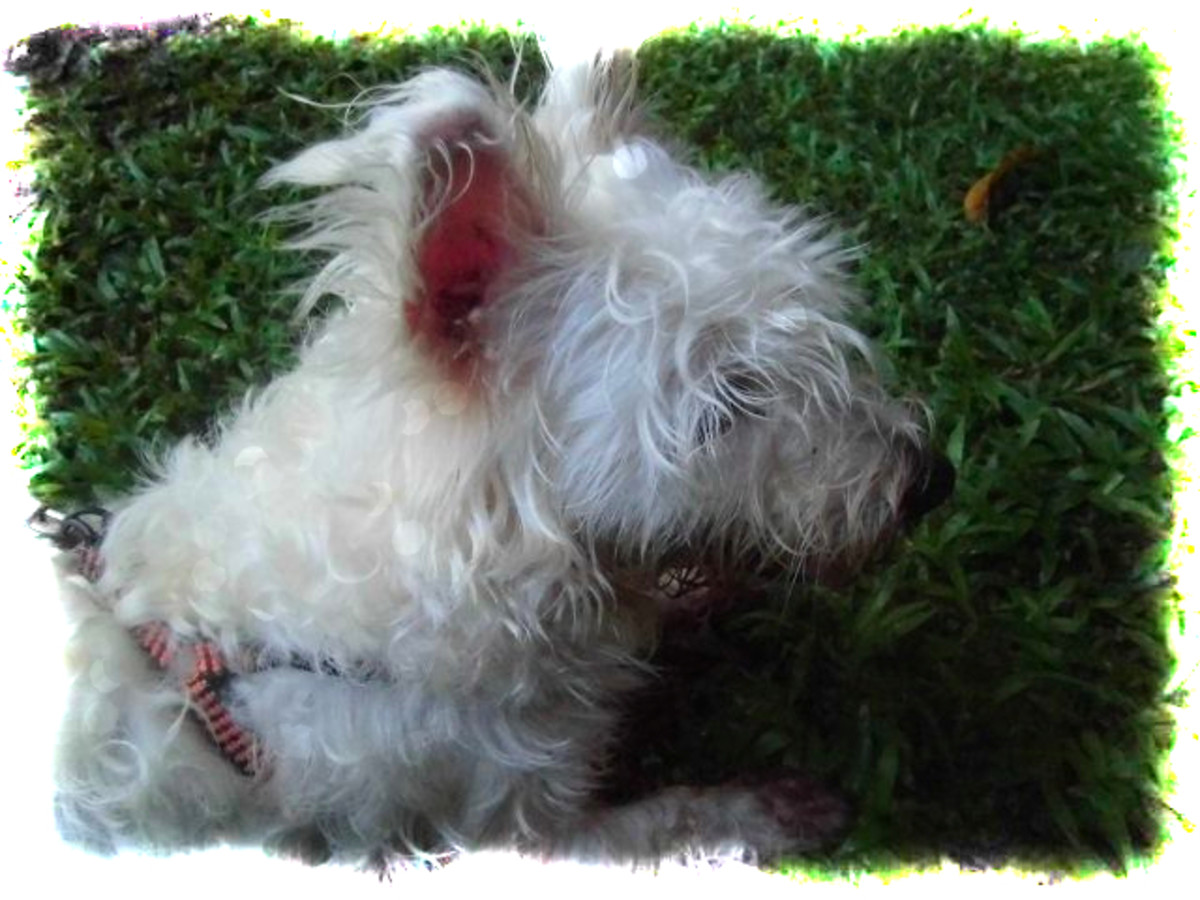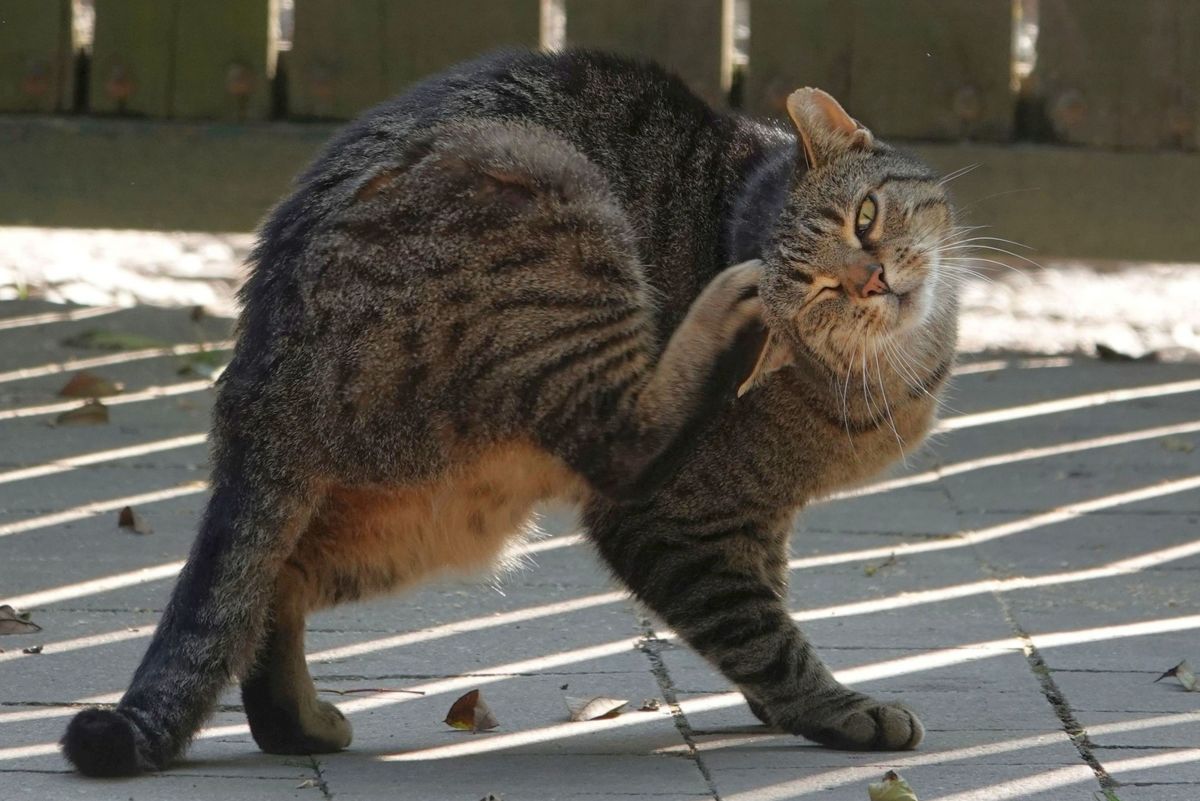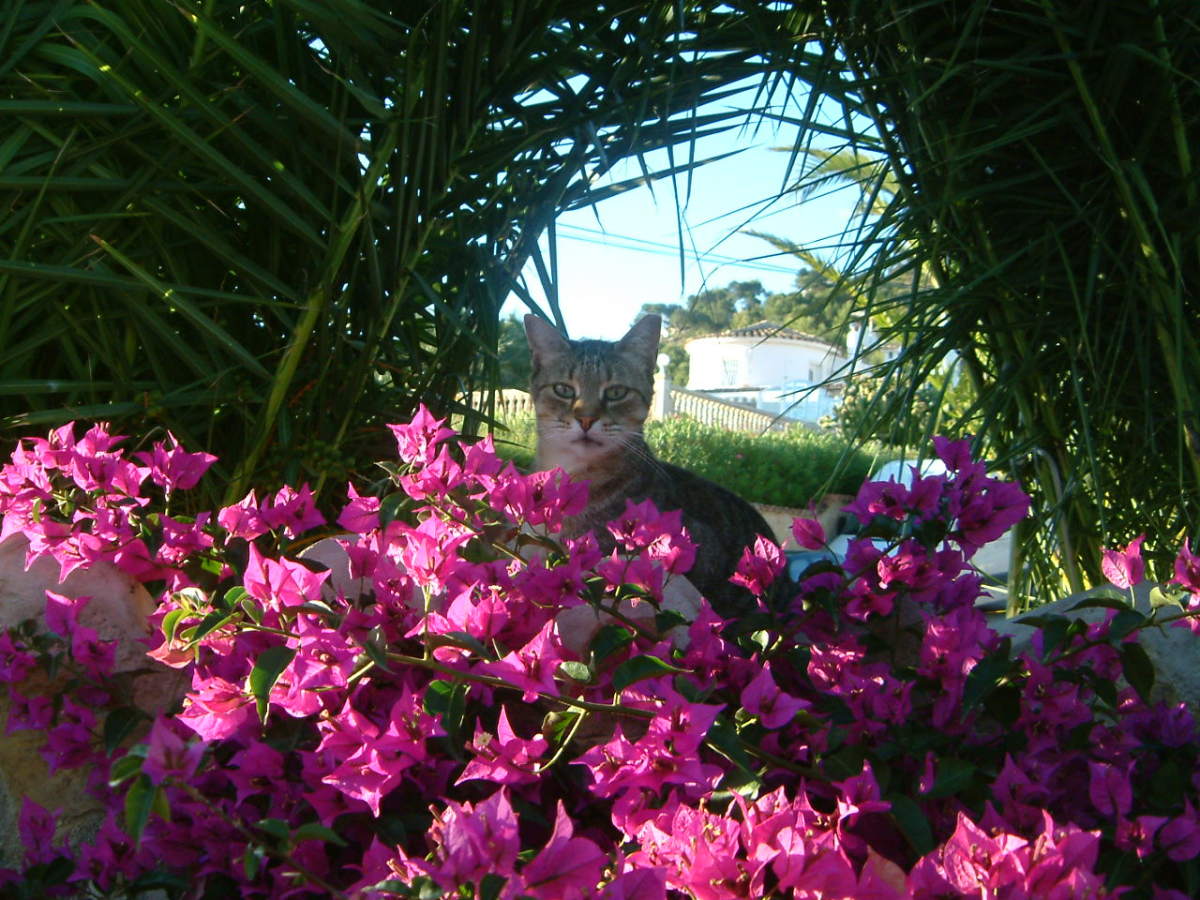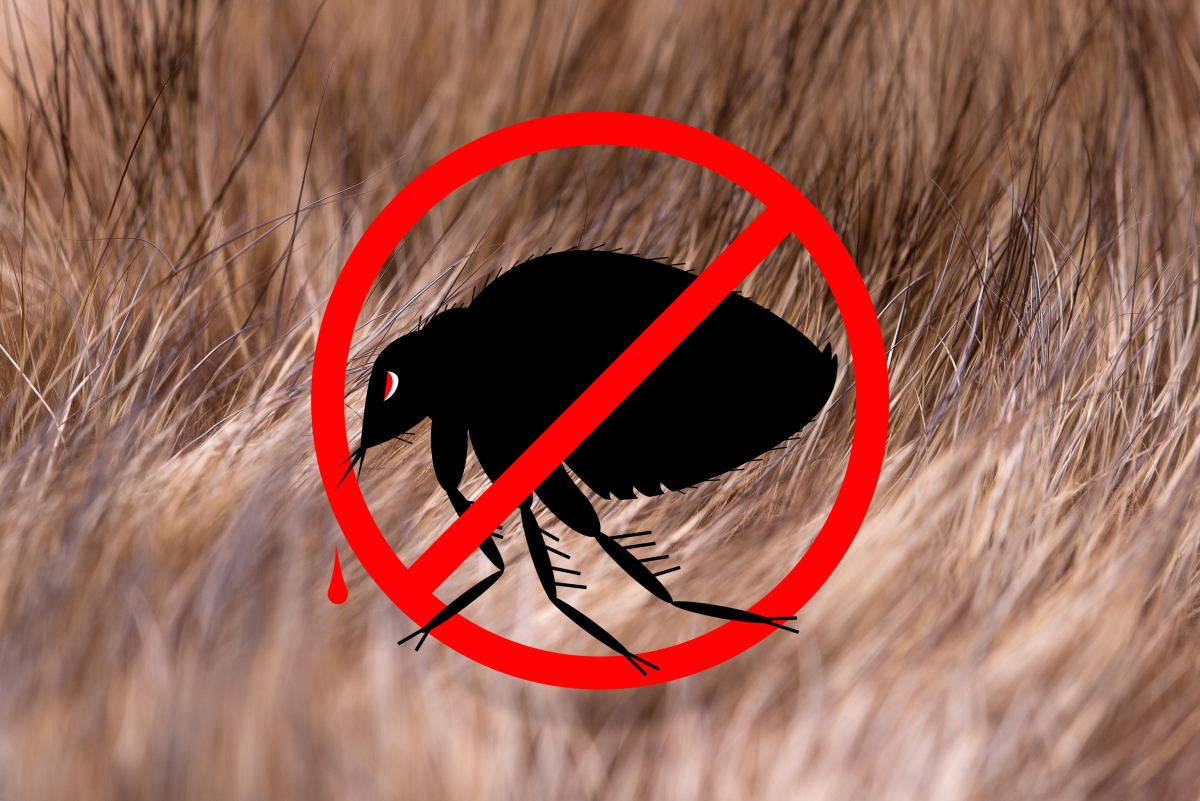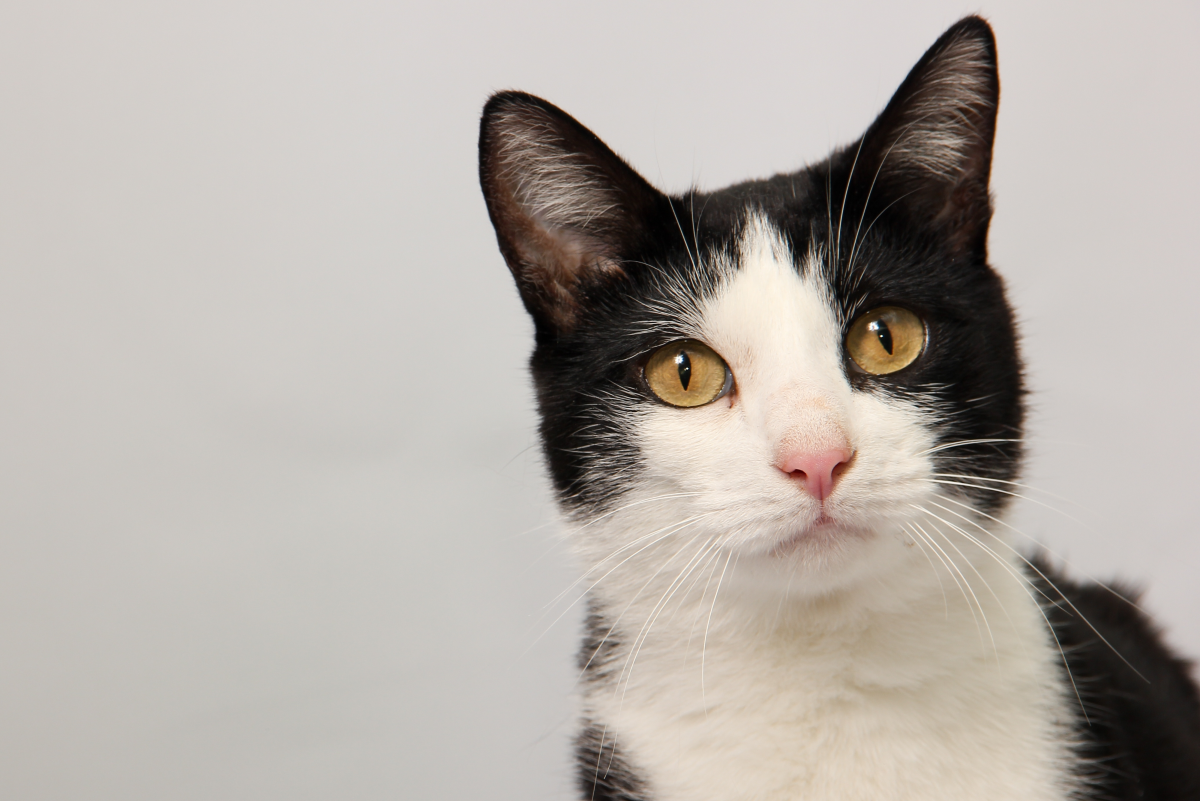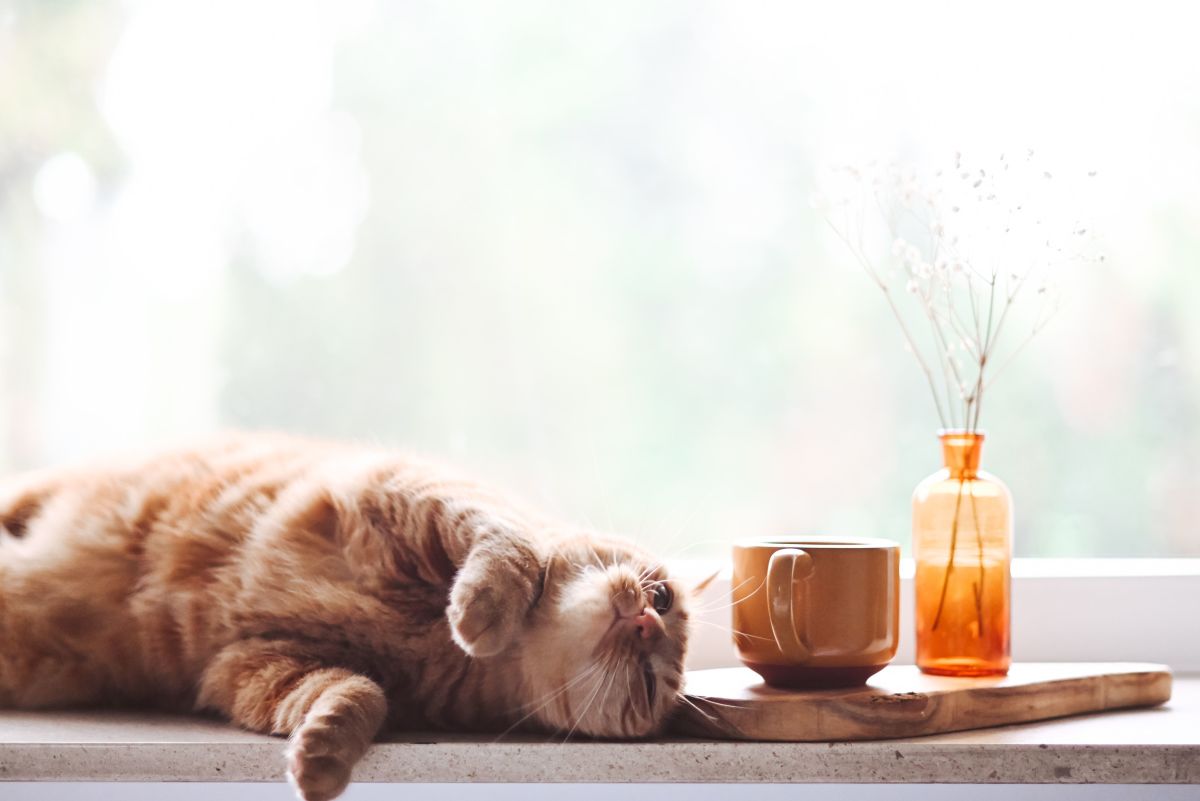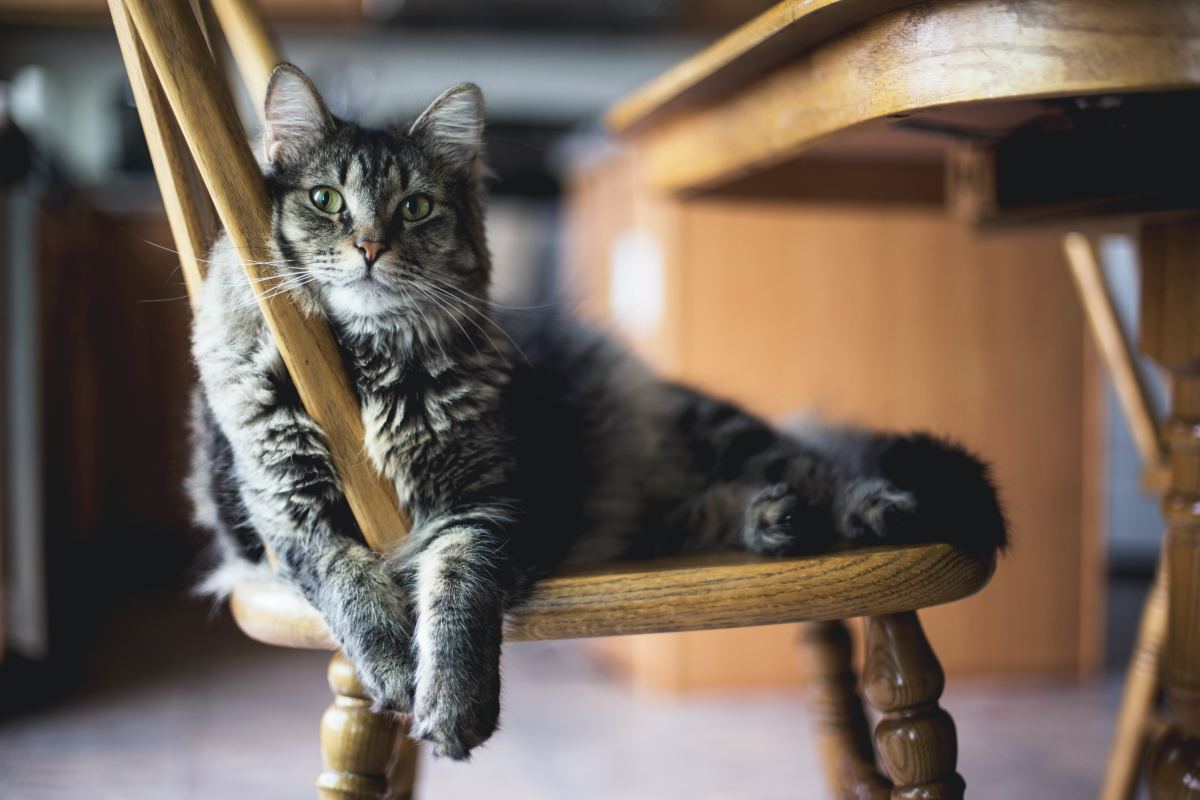How to remove fleas from very young kittens
How to get rid of annoying flea parasites once and for all
If your adorable furry kitten is scratching consistently and appears irritated, very likely he/she is dealing with annoying fleas. Fleas are small parasites that feed on a cat's blood. It is not necessary for cats to go outdoors in order to get them. Being able to jump up to 16 inches horizontally and 8 inches vertically, fleas can easily "hitch-hike" on owner's shoes and clothes and sooner than later become part of the family.
Fleas can surely make cats and kittens pretty miserable. The simple crawling and biting is enough to make the most peaceful kitten irritated and turn him/her to itching and scratching as a desperate effort to get them off. Other than the considerable itching and scratching, to make things only worse, severely infested kittens may also develop allergies to the flea's saliva and develop several crusty areas near the neck and ears from the constant scratching. Some kittens may even become anemic from the extensive and continuous blood loss. For this very reason, kittens must be treated for fleas.
Cures for fleas in young kittens vary with age. If you have very young kittens that are under 8 weeks, your best bet would be to simply use a flea comb and carefully collect the fleas and dip the comb in a pail of water so they will drown. If weather permits, you may also try to give the kitten a bath with Dawn dish detergent first. Diluted Dawn detergent is very mild, and it has a history of being used to wash off petroleum leakages from a bird's feathers. In any case, ensure you dry your kitten very well with a washcloth as they are very vulnerable creatures.
Older kittens instead may effectively benefit from safe topical products such as Frontline which are recommended for kittens over the age of 8 weeks. Other effective products available from your vet are Advantage and Revolution. Never use flea products labeled for dogs on your cat.
Fleas can be easily spotted on kittens by looking carefully at their fur. The presence of little dark brown or black specks often confused for dirt in effect are actually the fleas "droppings". These little specks are commonly known as "flea dirt". If you are still unsure, you can easily have the presence of flea dirt confirmed by collecting some and placing it on a wet white paper towel. If the dirt leaks into reddish stains, it is proof that your are dealing with flea droppings which mainly consist of digested blood.
Topical treatments on kittens over 8 weeks old and older can be very effective in destroying the flea population. Many flea treatments are able to kill fleas off the cat within 24 -48 hours. However, as effective as they are, they will kill mostly the fleas on your kitten and not the ones in your kitten's environment.
The cat's sleeping areas and generally most frequented areas may have flea eggs throughout. Flea eggs may also be found in cracks in wooden floors and within the carpet's fibers. Such eggs will shortly turn into larvae and easily re-infest the area regardless of the topical treatments. Flea sprays that effectively kill flea eggs such as Ovitrol may be purchased at major pet stores or at your veterinarian's office.
While there are over the counter flea products such as sprays, collars and topicals, your veterinarian is the safest resource for treatment. Over the counter flea products and collars have been reported to cause seizures and even quite severe reactions. As a genaral rule, chemicals should never be used in kittens 8 weeks and under.



